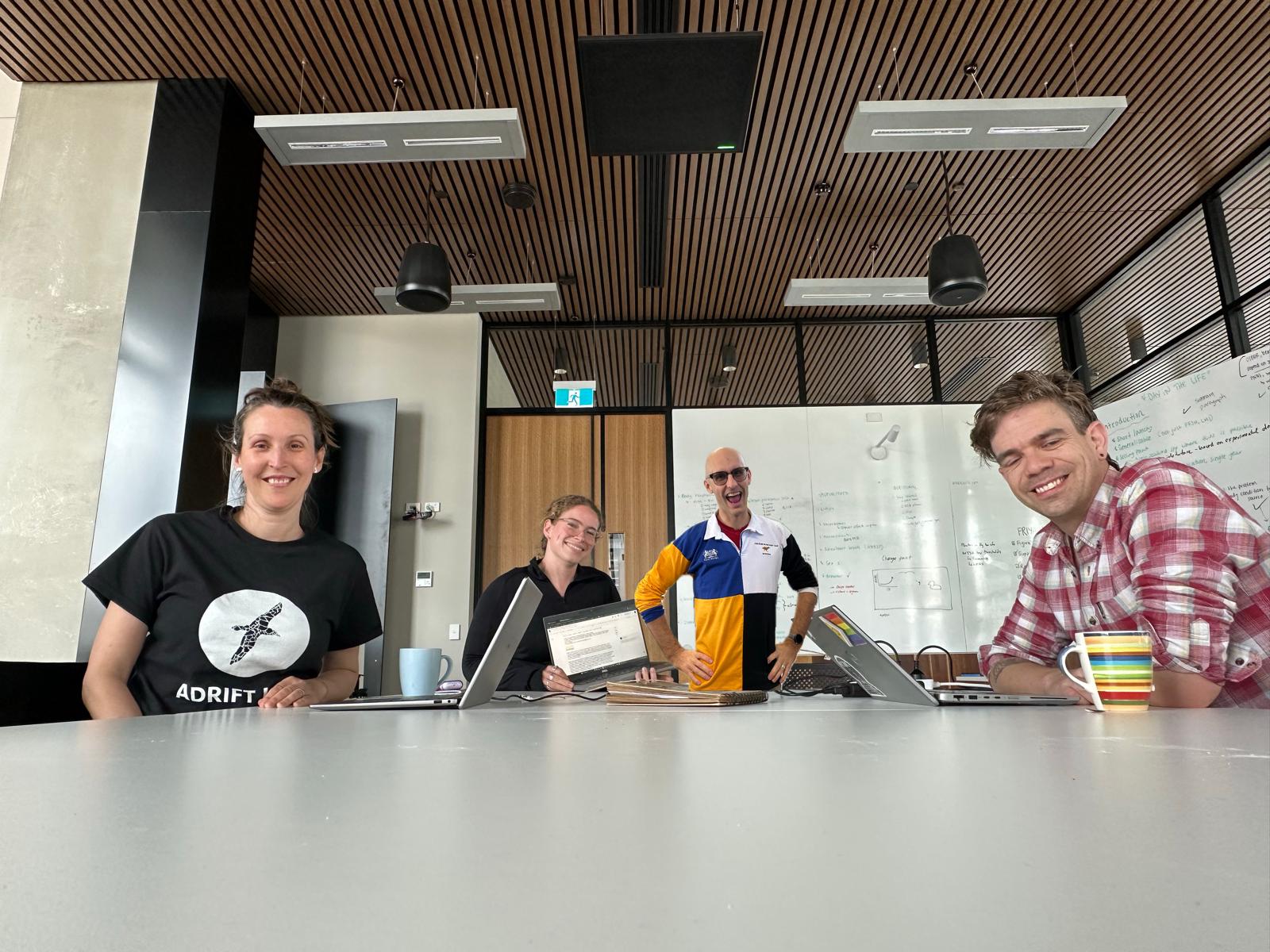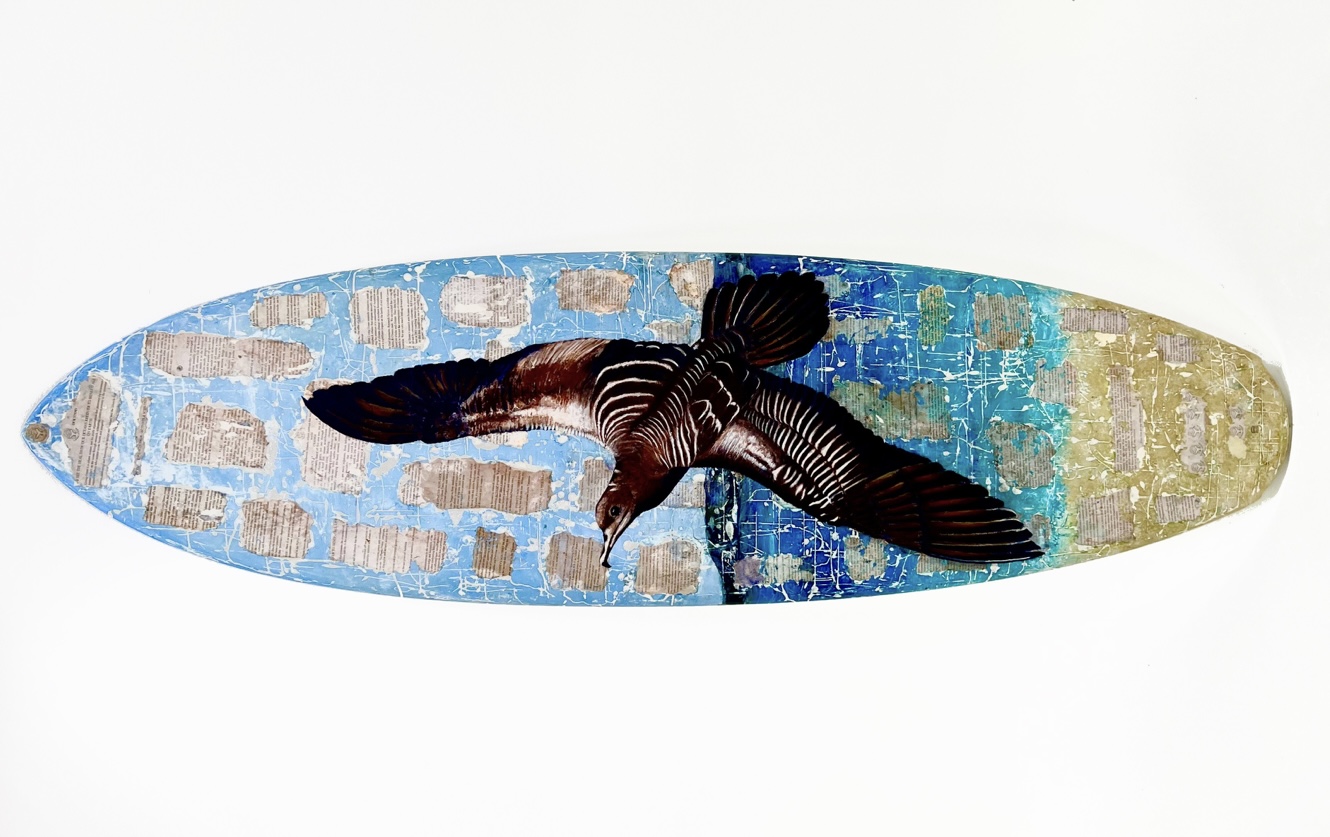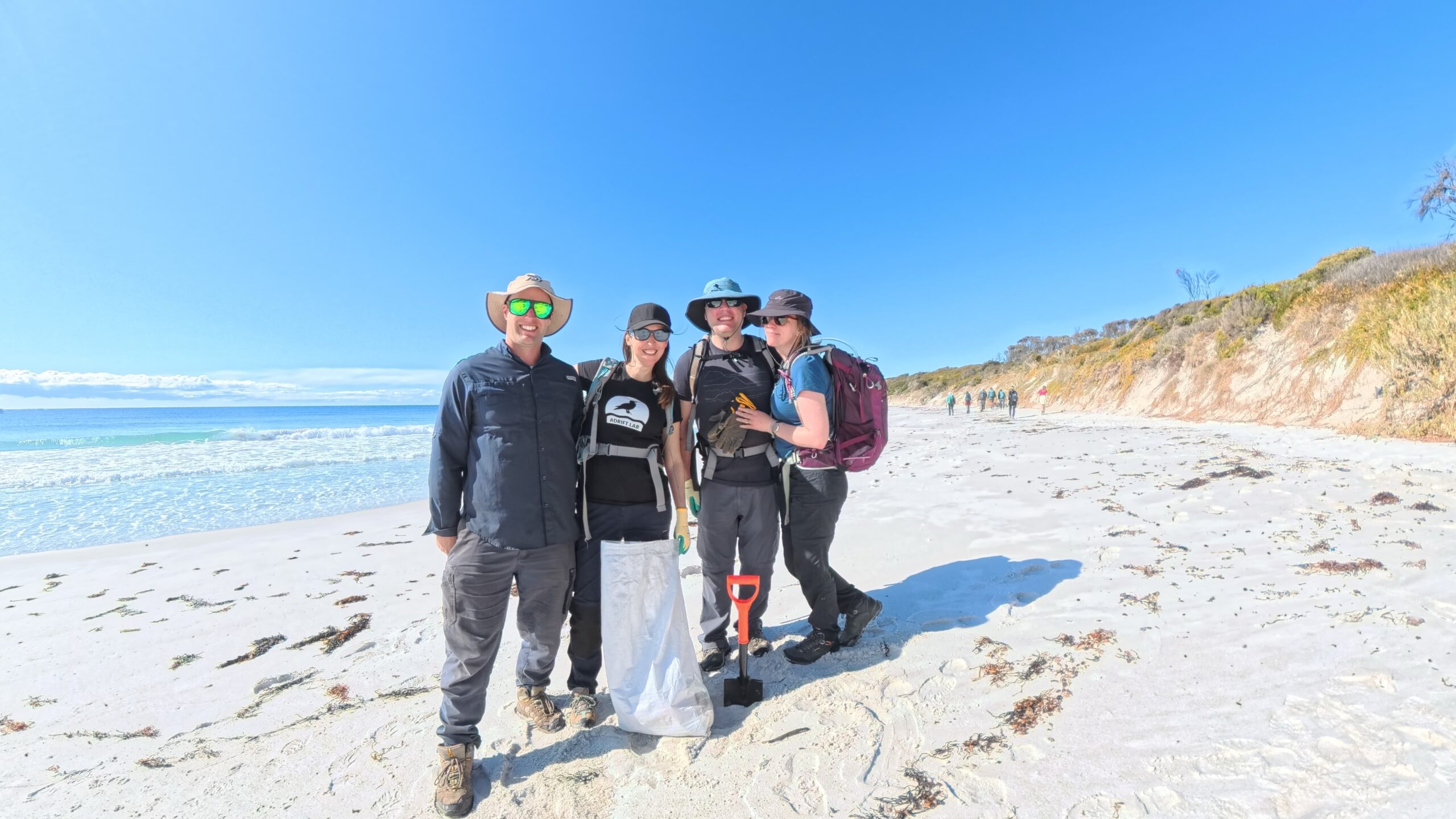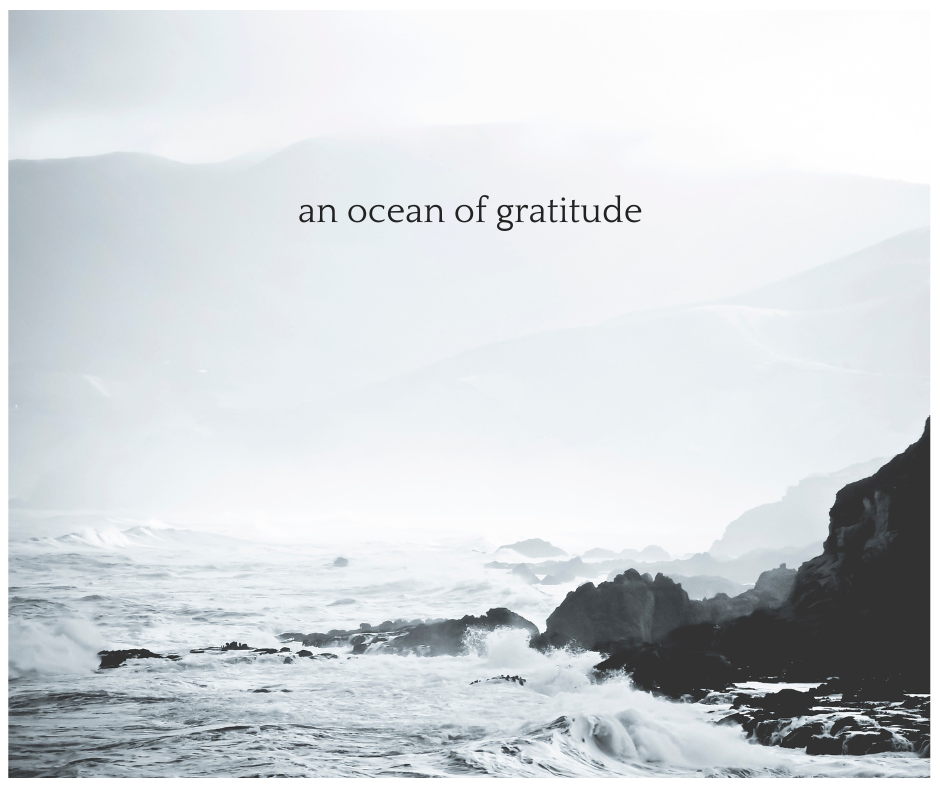Thesis submission BONANZA! 📓🎉
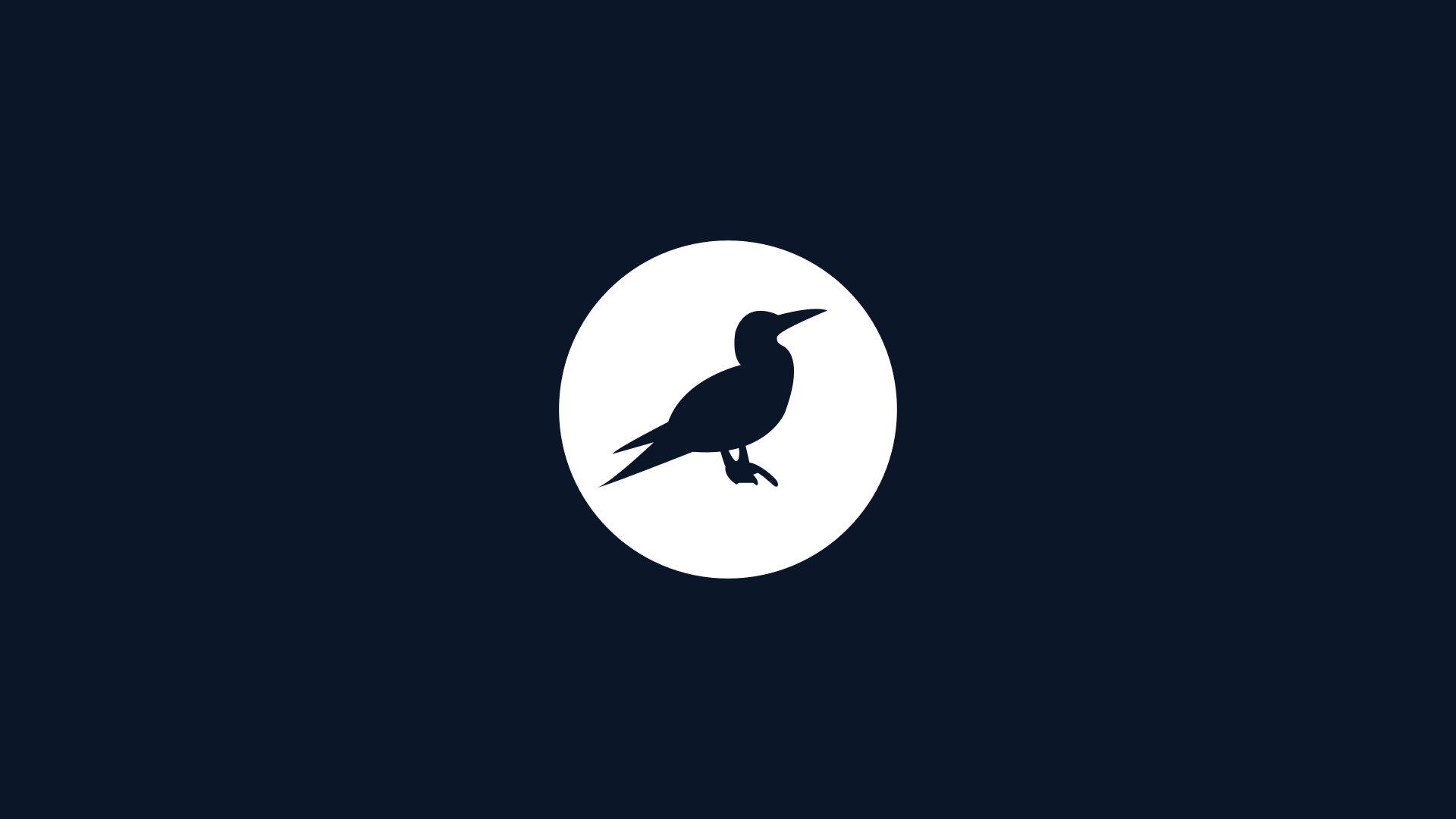
WHAT AN ACHIEVEMENT! Three Adrift Lab graduate student theses submitted in 4 weeks!
Big congratulations to our wonderful students who successfully submitted their thesis (and delivered their final seminars) over recent weeks – it’s been a flurry of amazing science, much-deserved celebrations, and rest!
First up, in late-March PhD candidate Catarina Goncalves submitted her brilliant thesis titled “Assessing temporal trends of marine debris and the effectiveness of individual plastic debris mitigation strategies at a national and local level in Australia”. Catarina submitted all 243 pages three days early, which is really saying something about her dedication to her project. Since submitting, she’s been completing a “mini-postdoc” thanks to some residual funding we were awarded from the National Geographic plastic pollution research funding program. She’ll use this time to re-analyse and write-up some wonderful #CommunityScience survey data on the use of plastic straws (“The Last Straw” program in Queensland). She also managed to squeeze in a field survey on stunning Lord Howe Island as a lovely way to reward herself for all the hard work over 4 years.
A few weeks later in April, MSc candidate Karli Mylius submitted her thesis titled “Exposure to microplastics in resident shorebirds along the south east coast of Tasmania”. Since submitting, Karli’s secured a job working for a fantastic NGO in Sydney called the Seabin Project where she’ll spend the next year developing #PlasticPollution monitoring protocols. Before she departs Hobart, she’ll finish translating her thesis data chapter into a publication which we anticipate will be published in a fantastic journal.
On the same day in April, Honours candidate Bianca Keys also submitted her thesis titled “Quantifying nano- and ultrafine-plastics in the stomachs and 4 guano of two Australian shearwater species”. Bianca was under an extra layer of pressure to finish on time as she’s accepted an exciting new PhD project in NZ working with penguins on remote, sub-Antarctic islands. So, while frantically trying to finish her Honours thesis, she was also busy writing a PhD proposal, buying a house in NZ, and getting ready to relocate her entire life across the Tasman Sea – holy moly! Bianca is also translating her thesis data chapter into a publication which will also be published in a fantastic journal.
The data Bianca and Karli generated is just brilliant: over the past year, both of these two (very early career) young scientists worked to test and develop new methods for identifying micro- and nano-plastics in wildlife and sediments. The team could not have been more supportive and inter-disciplinary, including a medical (human health) specialist, wildlife ecologist, and two flow cytometry and spectroscopy experts. In some ways, the students were thrown in the deep end, challenged to meet and manage this diverse team (spread across three campuses, heaps of fun during a pandemic!). Thankfully, the girls had each other to lean on as their projects had many complimentary aspects that meant they could work closely as a team (and as a result, co-author each other’s papers: two papers out of your MSc/Hon, wow!). Together, they did a brilliant job managing their teams and projects and learned heaps of new skills – everything from how to work in lab, QAQC blanks and controls, statistical analysis, FT-IR, flow cytometry, and even project management (they’re exceptional at booking meetings now, even when teams are large and complex!). The supervisors, Jenn and Jack, are incredibly proud of how everyone came together to support the girls, deliver robust (very exciting) data, and send two exceptional young scientists out into the world.
ACKNOWLEDGEMENTS: Firstly, we acknowledge and pay our deep respect to the Tasmanian Aboriginal people as the traditional and original owners, and continuing custodians of the land on which this research was conducted and acknowledge Elders – past, present, and future. We thank the Australian Wildlife Society, BirdLife Tasmania, National Geographic, an anonymous donor and Detached Cultural Organization for provided funding for this research. Grateful to our many project partners and co-authors, including but not limited to Heidi Tait/Tangaroa Blue Foundation, Nicole/The Last Straw, DPIPWE, Bonorong Wildlife Sanctuary, Dr Terry Pinfold, Dr Thomas Rodemann, and A/Prof Delphine Lannuzel.

